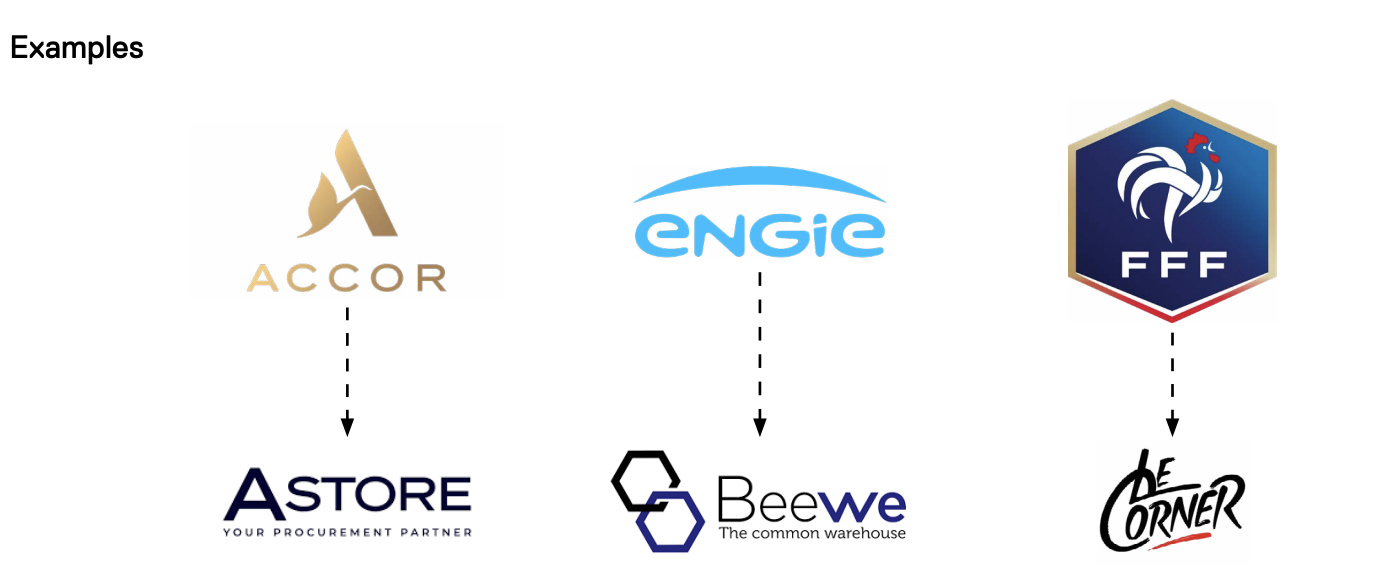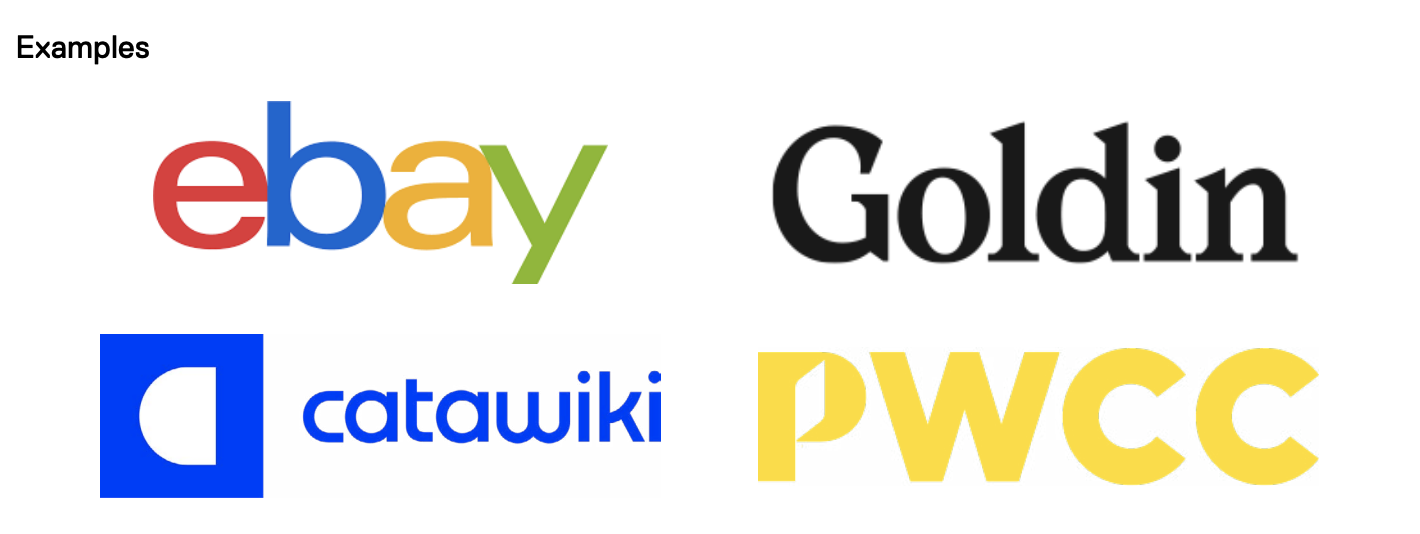Utilizing the power of Spryker’s Enterprise Marketplace
How to go beyond innovation by finding the right Marketplace Business Model for your industryMarketplace sales now make up 62% of all online retail transactions worldwide. On the top 100 markets in the world, $2.67 trillion was spent just in 2020.
Background
Digital marketplaces are where buyers and sellers converge in a regulated and exclusive setting. In most cases, marketplace operators don’t keep any form of inventory on hand; instead, they help buyers and sellers complete transactions. Think of them as a party host who charges a bartender (seller) a venue fee so they can sell their drinks to invited guests (buyers).
Marketplaces have the potential to become one of the most efficient ways for large enterprises to conduct international business. The B2B sector has tremendous development potential for businesses to scale more quickly while taking on less risk. According to Gartner, by 2023, 15% of companies with medium to high gross merchandise value will have established their marketplaces, thus developing an entirely new digital ecosystem.
As global marketplace heavyweights like Alibaba, Amazon, eBay, Etsy, and many more continue to compete for market share, the value of online marketplaces will become even more apparent to both potential vendors and B2B or B2C businesses.
For businesses with a traditional e-commerce platform, a digital marketplace might be the next step to speed up customer acquisition and boost income. As depicted in the revenue above, even if they typically don’t manufacture or sell anything themselves, marketplace operators profit handsomely from their operations.
The use of marketplace technology can go beyond the typical “many-to-many” marketplaces. You can create a direct-to-consumer (D2C) business, leverage marketplaces for procurement processes, or communicate with resellers more effectively. The key to successfully commercializing your services is choosing a marketplace business approach that meets your specific business requirements. There are several marketplace business models, such as Standalone Marketplace, Marketplace Extension, Indirect Sales Solution, Sourcing Platform, Auction Platform, and Multi-Brand Store which will all be covered in this whitepaper.

Standalone Marketplace
Description
A Standalone Marketplace is a platform where the operator does not own the goods or provide the services offered. However, the operator oversees the buy-and-sell side, which consists of customers and merchants. The owner of the customer access is also the operator, which is typically the reason why businesses are prepared to pay to take part in the marketplace.
Consider When
- An industry is highly fragmented (a marketplace will bring transparency and access to such industries with many diverse offerings)
- A company wants to become a challenger outside their core operations
Benefits
They can profit from customer access by charging third-party transaction fees to merchants, which include sales commissions, marketing costs, penalties, and membership or listing fees. A Standalone Marketplace has the advantage of enabling rapid scaling without inventory risk.
Challenges
The main issues with this concept have to do with simultaneously expanding the buy-and-sell side. Both parties can experience issues if they are out of sync. The marketplace’s offering is unlikely to be appealing if there aren’t enough merchants or if their standard isn’t high enough (patchwork problem). Similarly, merchants will not be attracted to the marketplace if platform owners are unable to develop a dedicated and consistent consumer base. Which ultimately, does not guarantee increased revenue potential. Moreover, the operator must maintain not only the customer but also merchant satisfaction. Customer satisfaction, for example, is heavily dependent on the quality of the merchant’s product and services, which can only be influenced indirectly. The challenge is to only allow trustworthy merchants to sell through the marketplace and closely monitor their performance by adding close penalties for poor performance.

Marketplace Extension
Description
A Marketplace Extension is a business model that systematically expands a company’s offering. The company enhances its existing e-commerce offering by incorporating comparable or complementary third-party partners’ offers. This could include both goods and services. Marketplace Extensions have the most significant impact on complex industries where purchasing is complicated for the demand side (customers). This could be due to a large number of comparable suppliers or a large number of complementary niche suppliers. Furthermore, if there are various independent service partners (e.g., installation or maintenance services) from which a customer can choose, such a marketplace can reduce complexity. Owing to the fact that self-employment and small businesses dominate the domestic support market, it can be considered fragmented.
Consider When
- Products are connected to services (installation, inspection, etc.), which can be offered by partners
- Brand has strong customer access, which can be capitalized with an extended product offering
- Resellers could be integrated to fulfill orders from the brand page (upgraded Indirect Sales Setup)
Benefits
The goal of the business strategy is to provide customers with a better offering, boost their satisfaction, and raise the company’s share of wallet while also maximizing customer access.
Challenges
The challenges associated with this concept are primarily related to growing the sell side, as potential merchants may be hesitant to sell through a platform of a direct competitor and provide all of their data to them. However, because the marketplace is an extension of the company’s existing e-commerce business, there is usually an existing customer base. This current demand may make attracting potential new merchants easier (vs. a Standalone Marketplace). Furthermore, the operator must maintain not only the customer but also merchant satisfaction. Customer satisfaction, for example, is heavily dependent on your merchants’ product and service quality, which you can only influence indirectly. The challenge is only to allow trustworthy merchants to sell through the marketplace and closely monitor their performance, including penalties for poor performance.

Indirect Sales Solution
Description
Marketplace technology is used as an enabler for this business model, i.e., to integrate resellers as merchants in a direct-to-consumer approach. In a nutshell, resellers act as merchants who sell a manufacturer’s products to customers. Customer and merchant matching can be linked to factors such as postal codes or customer lists.
Consider When
- Companies operate in an indirect sales environment, and a large portion of their sales are handled by important resellers
- An industry is dominated by physical wholesalers/retailers
Benefits
This arrangement allows the manufacturer to develop direct contact with its end users and clients without undermining its current reseller network. This is possible because their distributors manage the execution, and the manufacturer simultaneously collects valuable information about consumer behavior without creating the complete set of necessary direct-to-consumer capabilities. This model benefits customers by eliminating the dead end in the customer’s journey on the manufacturer’s website.
Challenges
This business model’s main challenge is attracting merchants to the platform. Resellers have traditionally served as gatekeepers for manufacturers to reach their customers, giving them significant bargaining power. In this case, they may be hesitant to relinquish control of the customer relationship to the manufacturer. As a result, for resellers to join the platform, there must be a visible positive business impact.

Sourcing Platform
Description
A Sourcing Platform is a company’s central procurement platform, with all suppliers or manufacturers listed as merchants using marketplace technology. Individual negotiations (larger suppliers) or standardized price bands determine the products and prices presented (smaller suppliers). Procurement processes are mostly automated, and different buyers can work on the same platform independently (e.g., other departments, other subsidiaries) or collaboratively (e.g., team members).
Consider When
- A company has complex procurement structures, i.e., a large number of comparable or complementary suppliers to negotiate and purchase
- Retail chains use centralized procurement. While the company’s headquarters negotiate terms with suppliers, the subsidiaries manage their own inventory.
- Aggregation and standardization, significantly improve process efficiency and lower overall procurement costs.
Benefits
A Sourcing Platform will significantly improve process efficiency and lower overall procurement costs through aggregation and standardization. The marketplace reduces complexity for the operator and makes it easier to compare different supplier offers, increases negotiation power, and decreases negotiation time.
Challenges
Only large organizations that are key accounts for their suppliers will be able to use the Sourcing Platform. Suppliers are unlikely to be willing to use individual platforms for all their accounts, but only for the bigger ones that account for a large portion of their total revenue.

Auction Platform
Description
The base business model can be a Marketplace Extension (for example, secondhand devices as a supplement to a manufacturer’s e-commerce business) or a Standalone Marketplace (e.g., an Auction Platform for art trading). The auction feature is added to the marketplace as a unique offering. This can be one-sided (bidding) or two-sided (negotiation). Typically, the marketplace operator provides additional pricing guidance based on previous comparable transactions or by integrating a third-party instance to determine the (re-sell) value of the items.
Consider When
- Price negotiations are a common practice in the market.
- Second-hand items and any art and craft items with a high collector’s value are frequently sold after several rounds of bargaining.
Benefits
An Auction Platform can become a lucrative new source of additional income for a company, particularly as a marketplace expansion. By lowering barriers to entry into a brand’s product ecosystem, second-hand marketplaces can also be a powerful strategy for acquiring new customers.
Challenges
The marketplace operator must continue to satisfy both marketplace and user groups. Pricing has the highest potential for dispute and dissatisfaction, so giving both parties useful advice is essential to the success of Auction Platforms.

Multi-Brand Store
Description
In a Multi-Brand store, the various brands are listed as independent merchants in the marketplace with the mutual goal of serving the consumer. As a result, the platform may set customized rules to guarantee brand synergies or to enhance the overall customer experience.
Consider When
- Holding corporations have several independently running entities (such as multiple customer-facing brands) that may or may not be relevant to the same audience.
- Dealing with larger FMCG companies like Procter & Gamble, Unilever, or Nestlé and more prominent manufacturers with several product categories and brands.
Benefits
Instead of each company putting up its own online store, the marketplace enables the centralized creation of digital commerce capabilities, considerably reducing total cost of ownership.
Challenges
When presenting on the same platform as other brands, organizations should account for the potential impact on specific brands. This is particularly true for brands with distinct price points and brand positioning.

Conclusion
In conclusion, you don’t have to settle for one single marketplace business model. Consider modifying, merging, and testing them as your company expands and evolves.
The technology that improves the general client experience is one of the most crucial factors to take into account while developing a marketplace. Therefore, invest in a marketplace-native commerce platform and choose the best marketplace solution partner for creating sophisticated B2B marketplaces, among other advanced functionalities.
See what Spryker’s Enterprise Marketplace can accomplish for your company by requesting a demo today.
About Spryker
Spryker is the leading global composable commerce platform for enterprises with sophisticated business models to enable growth, innovation, and differentiation. Designed specifically for sophisticated transactional businesses, Spryker’s easy-to-use, headless, API-first model offers a best-of-breed approach that provides businesses the flexibility to adapt, scale, and quickly go to market while facilitating faster time-to-value throughout their digital transformation journey. As a global platform leader for B2B and B2C Enterprise Marketplaces, IoT Commerce, and Unified Commerce, Spryker has empowered 150+ global enterprise customers worldwide and is trusted by brands such as ALDI, Siemens, ZF Friedrichshafen, and Ricoh. Spryker is a privately held technology company headquartered in Berlin and New York backed by world class investors such as TCV, One Peak, Project A, Cherry Ventures, and Maverick Capital. Learn more at spryker.com.